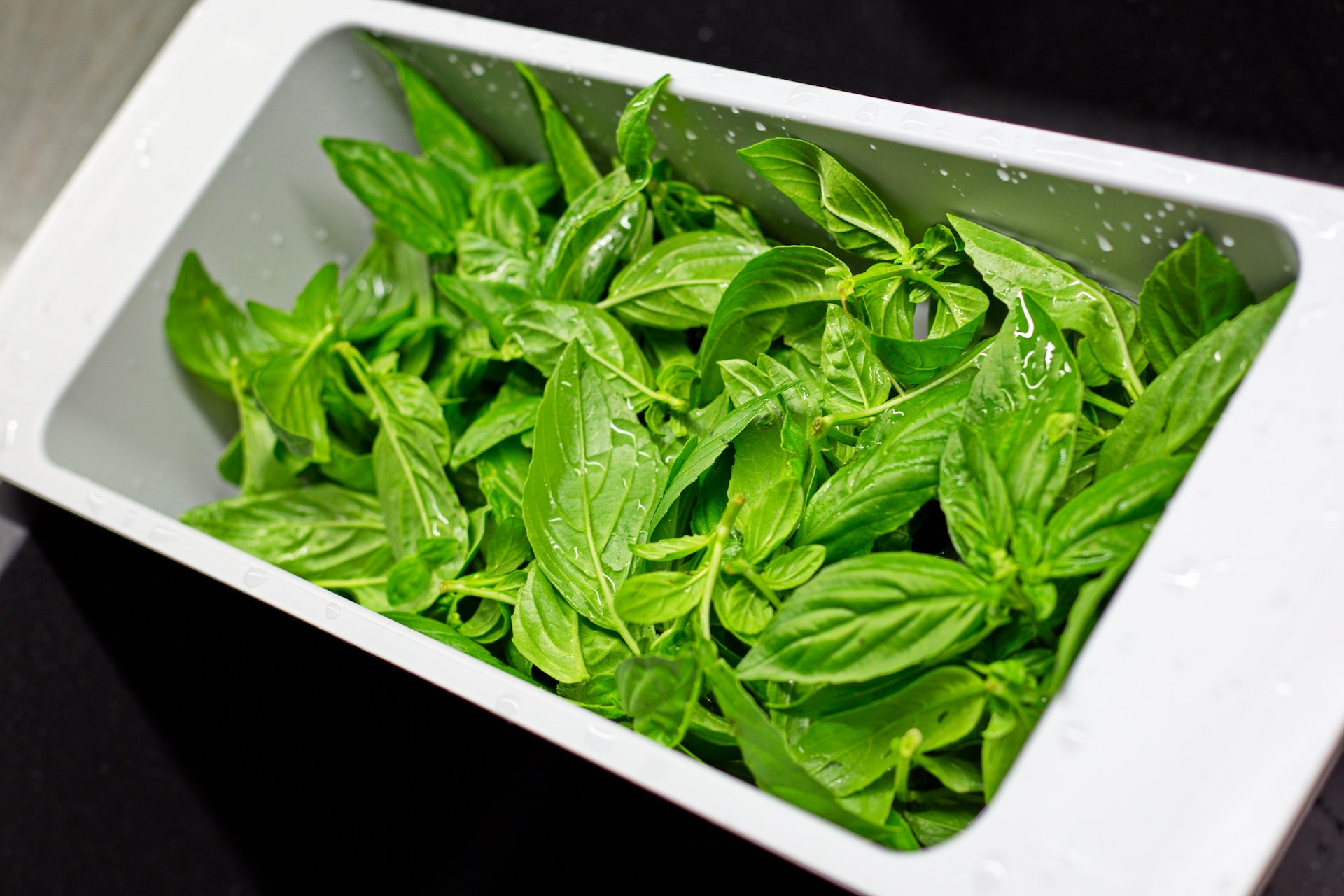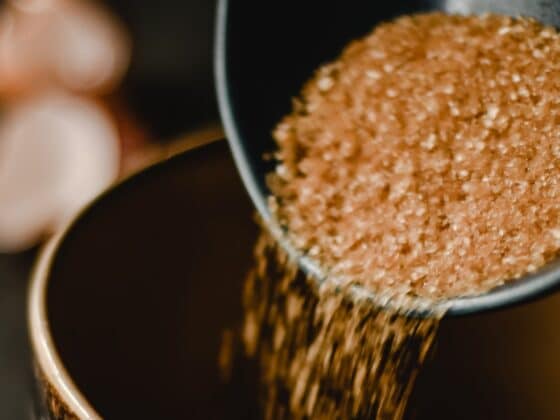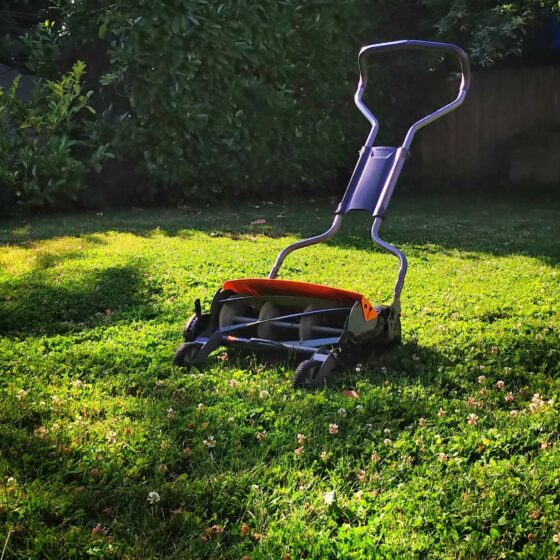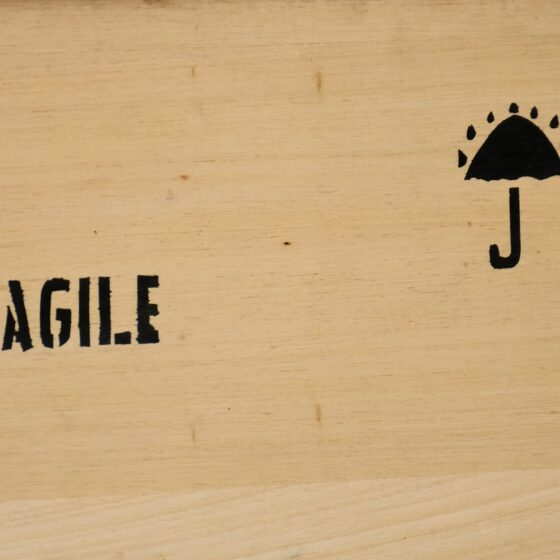If you’re like most people, you love cooking with fresh herbs. But let’s face it, they can be expensive and hard to come by in every season of the year. So, what should you do when you want the flavor of fresh basil year-round without the price tag?
The answer is simple: freeze it! Freezing basil is a great way to preserve this summer herb for winter meals. In this blog post, we’ll teach you how to freeze basil in five different ways so you can make the most of it in your dishes to come.
The methods we’ll show you are simple and don’t require special care to keep your basil leaves as tasty as they were at the moment of harvest.
So, without further ado, let’s start!
Should You Freeze Fresh Basil?
A bunch of fresh basil in the fridge that’s optimally dry and kept in an airtight container will last you for two weeks at most.
This isn’t that bad, but it isn’t great, either. The thing is, if you’re not making a pesto sauce, you don’t need many basil leaves to add its recognizable aroma and flavor to dishes.
So, if you don’t want much of your home garden’s basil to go to waste in the fall, freezing is the way to go. Frozen basil can last up to six months in the freezer without losing the flavor.
Freezing slows down decomposition, so if done correctly, its leaves will keep being savory.
So, how should you go about freezing basil? There are at least five ways you can choose from.
Method 1: Blanch and Freeze Basil Leaves
This method is the longest but most rewarding of all. If done correctly, you’ll have perfectly tasty and aromatic green basil leaves.
Step 1. Wash and Dry Basel Leaves
So, you’ve harvested your basil plant’s leaves in the morning when they are the juiciest, and you’re wondering what’s next?
First off, wash the basil leaves thoroughly and place them on a flat surface to dry. Then, before you begin blanching, separate the stems from the leaves.
Step 2. Blanch Basel
This step is meant to keep the basil’s color vibrant green while in the freezer. However, you’re not obligated to blanch each time you decide to freeze fresh basil leaves. Blanching is a mere recommendation, not a rule. So, to blanch, here’s what you need to do:
- Boil a sufficient amount of water in a pot.
- Place basil leaves briefly in, just for 3 to 5 seconds, while continuously swirling.
- Submerge the leaves in an ice bath — a pot of water with ice in it.
- Pat dry the leaves with a towel once they’ve cooled off.
Step 3. Freezing
- Take a baking sheet and place the dry basil leaves onto it in a single layer.
- Put everything in the freezer for about an hour or until they’re frozen solid.
- Next, quickly move the leaves to a freezing bag or another airtight container.
- Label these with the date when you froze them and put them right back in the freezer.
Method 2: Freeze Basil Leaves Without Blanching
This method is the same as the one where you blanch the basil, but much quicker. All you need to do is wash, dry, and freeze the basil leaves.
Use a tray with baking paper first, then place the basil in a single layer on it and freeze for one hour.
After that, transfer the frozen leaves to a freezer bag or container.
Once you have frozen your basil, you can use it in any recipe that calls for fresh basil. It’s as simple as that!
Method 3: Freeze Basil in Ice Cube Trays
The best way to freeze basil is by using an ice cube tray. Start by washing your basil leaves and then patting them dry.
Next, chop the leaves into small pieces and place a few per ice cube tray. Fill the tray with water, and then place it in the freezer until they’re solid.
Once the basil cubes are frozen, transfer them to a freezer-safe bag or container.
Method 4: Make a Puree and Freeze Basil
Step 1: Blanch Basil Leaves (optional)
Just like in the previous method, bring water in a big pot to a boil and swirl the basil leaves around for about 10 seconds. This will ensure that they blanch uniformly.
Then, plunge these into an ice bath to cool them down.
Put the leaves in a strainer, or better yet, a salad spinner if you have one. The point is to remove all excess water before you make a puree, just as when you freeze fresh basil in ice cube trays.
To make sure no water comes out of these, put them on a paper towel and pat them dry with a towel.
Step 2: Make a Basil Puree
Blend the basil leaves with a food processor or put your quality blender to use. Add oil, pine nuts, garlic, salt, and whatever else is in your pesto recipe, or just blend the leaves into a puree. Place the resulting puree in a bowl.
Step 3: Store the Basil Puree or Pesto
For one to two weeks, keep the pesto in the refrigerator in a compact, sealed container, or sip it in ice cube trays until they’re solid.
Then, move the pesto cubes and place them in an airtight container in the freezer.
Store the pesto sauce this way for up to three months.
Method 5: Freeze Basil in Olive Oil
This is a great way to freeze basil if you plan on using it in cooked dishes.
- Start by cleaning and drying your basil leaves.
- Next, bruise the leaves with a pestle and mortar (this helps release the flavor) or chop them with a food processor.
- Add olive oil to the blend, just enough to make a paste.
- Pour the paste into a silicone ice cube tray for a few hours, and then place the cubes in a freezer bag or an airtight container.
- Label the bag with the date and contents, then freeze it for up to six months.
When you’re ready to use the frozen basil, simply remove the leaves from the bag and add them directly to your dish. No need to thaw first!
Conclusion
There you have it! Now you know how to freeze basil and use it year-round in your recipes. These simple methods will help you keep your basil leaves fresh for months.
So next time you’re at the store, pick up a bunch of basil and give it a try. Your taste buds will thank you!
FAQ
Is it better to freeze basil in water or oil?
We prefer to freeze basil in oil because it helps to preserve the flavor and color of the leaves. To freeze your basil in oil, simply place the leaves in a freezer-safe container and cover them with olive oil.
Then, pop them in the freezer, and they’ll be good to go for up to six months.
Do you have to blanch basil leaves before freezing?
You can freeze basil leaves without blanching, but the result is slightly less flavorful. If you’re in a hurry or don’t mind sacrificing some of the flavor, this is a great option.
Simply place your basil leaves in a freezer-safe container and pop them in the freezer for a maximum of three months.
How long does frozen basil last?
Frozen basil will be of the best quality for up to six months when stored in a freezer, but it’ll be safe to consume even longer. If you freeze your basil without blanching it first, it will still be good for up to three months.
Whichever method you choose from this guide on how to freeze basil, you’ll have a perfect herb for your recipes all year round.













